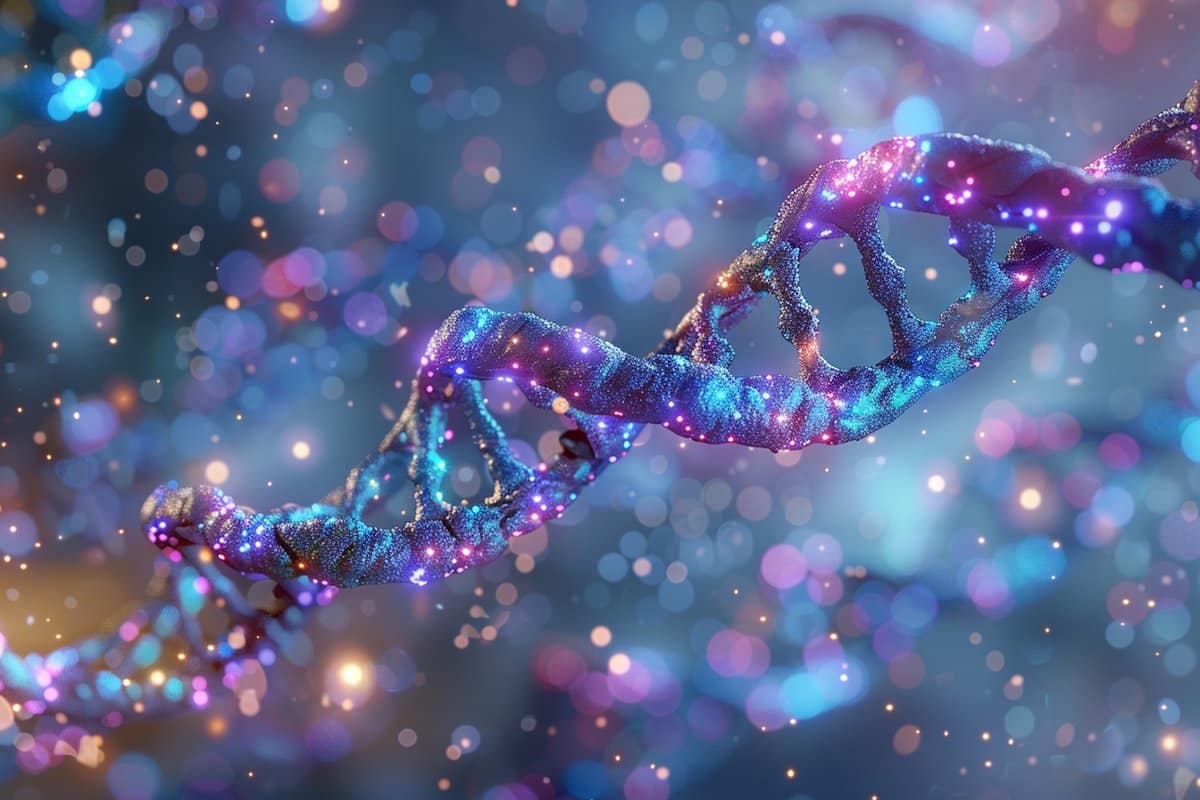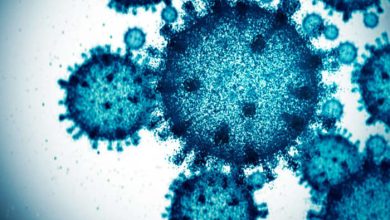SCN2A Gene Variants Dictate Neurological Disorder Severity

Summary: A new study reveals how genetic variants of the SCN2A gene influence the severity and type of neurological impairments, including epilepsy and autism. This study analyzed the function of sodium channels affected by SCN2A mutations, revealing a spectrum of effects ranging from hyperactivity to inactivity.
The results indicate that the type of channel activity correlates with the age of seizure onset and the overall severity of associated impairments. This research paves the way for more targeted clinical trials and personalized treatments for patients with SCN2A-related pathologies.
Highlights:
- Channel activity spectrum: SCN2A variants can cause sodium channels to become overactive, leading to seizures in the first week of life, or completely inactive, usually associated with non-convulsive neurodevelopmental disorders.
- Correlation with disease severity: The severity of neurological impairments is directly related to the type of channel activity, with more severe impairments related to early onset of seizures and overactive channels.
- Impact on clinical trials: This study highlights the need for precision medicine in the treatment of SCN2A-related disorders, suggesting that treatments must be tailored to the specific activity of the channel to avoid potential damage.
Source: Northwestern University
A genetic change or variant of a gene called SCN2A is a known cause of childhood seizures, autism spectrum disorder and intellectual disability, as well as a wide range of other moderate to profound impairments in mobility, communication, feeding and vision.
The severity of these disorders can vary greatly between people, but little is known about what happens at the SCN2A protein to cause these differences.
A new study from Northwestern Medicine helps explain how changes in the SCN2A gene affect whether a child develops autism or epilepsy, the age at which seizures begin for people with epilepsy, and the severity of the child’s other impairments.
The study was published April 24 in Braina leading journal in neurology.
These results will help better identify the most suitable patients for clinical trials of new precision therapies, including those targeting the SCN2A gene itself.
Analyze sodium channels
The study represents a collaboration between a university laboratory at Northwestern and the FamilieSCN2A Foundation, a parent-led rare disease advocacy group.
The SCN2A Clinical Trial Readiness Study (SCN2A-CTRS) enrolled 81 families from around the world and collected detailed clinical data and information to identify their SCN2A variants. The median age was 5.4 years. The youngest participant was 1 month old and the oldest was 29 years old.
The Northwestern team analyzed in depth the functional effects of each SCN2A variant on sodium channels – tiny gates in nerve cell membranes that control the flow of sodium ions into the cell and help neurons in the brain to working properly. Variants in the SCN2A gene alter sodium channel function.
Depending on the individual variant, the channel can be overactive (sodium ions flow more freely) or completely inactive (the channel does not work at all). There are variations that make the channel work in a more complex way.
The study revealed a spectrum of effects of SCN2A variants on sodium channel function, from hyperactive to completely inactive channels. It is important to note that the child’s clinical status varied depending on the functional impact on the canal. Overactive ducts were generally associated with the onset of seizures during the first week of life.
More impaired channel function was more common when the age of seizure onset was higher. In fact, almost all people without seizures had completely inactive sodium channels.
The severity of other disease-related characteristics also followed this gradient, with those most severely affected (unable to walk, communicate, eat, use their hands), youngest at onset of attacks, and channels hyperactive.
As the age at onset of seizures increased and the channels became less active, severe neurological impairments in children tended to be less severe.
“We previously knew that genetic changes in the SCN2A gene were associated with seizures beginning as early as the neonatal period and continuing into the first years of life,” said co-corresponding author Dr. Alfred George, chair of pharmacology at the Northwestern Feinberg University. Medicine School. “We had too simplistic an understanding of these associations.
“Our new study clarifies the relationship between the functional consequences of SCN2A mutations, the primary phenotype (autism versus epilepsy and age at seizure onset in epileptics) and the overall severity of the child’s impairments (mobility, etc.). “
Findings challenge general understanding
There is a widespread understanding among scientists that early-onset seizures are associated only with overactive sodium channels and that underactive or inactive channels are associated with autism, George said.
However, it is more complicated and children with early onset – within the first three months but after the immediate neonatal period – do not have overactive ducts.
“This is important because new precision drugs best suited to overactive SCN2A variants could be harmful to those with underactive or inactive variants,” George said.
“Relying solely on age of seizure onset as a criterion for enrollment in clinical trials risks including inappropriate patients.”
Dr. Anne Berg, assistant professor of neurology at Feinberg, principal investigator of SCN2A-CTRS and co-author of the study, noted that “in the era of precision medicine for rare genetic diseases, this collaboration between a family foundation and a large The NIH-funded project is an example of the new partnerships needed and increasingly developed to provide rapid answers to critical questions and lay the foundation for successful drug development for serious neurodevelopmental disorders such than those associated with SCN2A.
The CTRS was driven by stakeholders in the patient community and represents precisely the type of efforts encouraged by the U.S. Food and Drug Administration’s recent Patient-Oriented Drug Development Guidance Program, which itself was responding to a 21st Century Cures Act mandate, Berg said. .
Christopher Thompson, research assistant professor of pharmacology at Feinberg, is co-first author of the study.
About this research news in genetics and neurology
Author: Kristin Samuelson
Source: Northwestern University
Contact: Kristin Samuelson – Northwestern University
Picture: Image is credited to Neuroscience News
Original research: Free access.
“The expanded clinical phenotypic spectrum correlates with variable function in SCN2A-related disorders” by Alfred George et al. Brain
Abstract
Expanded clinical phenotypic spectrum correlates with variable function in SCN2A-related disorders
SCN2A-disorders linked to an alteration of the function of the voltage-gated sodium channel NaV1.2 are rare with clinically heterogeneous expressions that include epilepsy, autism, and multiple severe to profound impairments and other conditions.
To advance the understanding of clinical phenotypes and their relationship to channel function, 81 patients (36.44% female, median age 5.4 years) with 69 unique cases SCN2A the variants were systematically phenotyped and their NaV1.2 channel function systematically evaluated. Participants were recruited through the FamileSCN2A Foundation.
The primary phenotype (neonatal epilepsy, N = 27; infant onset, N = 18; and later onset N = 24; and autism without seizures (N = 12) was strongly correlated with a severity index without seizures (p = 0.002), which was based on the presence of severe impairments in gross motor skills, fine motor skills, communication skills, gastrostomy tube dependence, and diagnosis of cortical visual impairment and scoliosis.
The severity of non-epilepsy was highest in the neonatal-onset group and lowest in the autism group (p = 0.002). Children with the lowest severity ratings were still severely disabled, as evidenced by a mean Vineland Composite Score for Adaptive Behavior of 49.5 (>3 standard deviations below the normative test mean).
Epileptic spasms were significantly more common in infants (67%) than in neonatal (22%) or late-onset (29%) epileptics (p = 0.007). Primary phenotype is also strongly correlated with variable function (p < 0.0001); gain of function and mixed function variants predominated in neonatal epilepsy, progressing to moderate loss of function in infant epilepsy and severe and complete loss of function in the late-onset and late-onset epilepsy groups. 'autism.
Exploratory cluster analysis identified five groups representing (1) predominantly late-onset epilepsy with moderate loss of function variants and low severity ratings, (2) predominantly infant-onset epilepsy with moderate loss of functional variants but higher severity indices, (3) late-onset epilepsy. onset and autism only with the lowest severity ratings (usually 0) and severe/complete loss of function variants.
Two exclusively neonatal groups were distinguished largely on non-convulsive severity scores and secondarily on variable function.
The relationship between primary phenotype and variable function highlights the role of developmental factors in the differential clinical expression of SCN2A variants based on their effects on NaV1.2 channel function. Severity other than seizures SCN2A The disorders depend on a combination of age at seizure onset (primary phenotype) and variable function.
As precision therapies for SCN2A-As disease-related disorders progress toward clinical trials, knowledge of the relationship between variable function and clinical expression of disease will be valuable in identifying appropriate patients for these trials and selecting effective clinical outcomes.
News Source : neurosciencenews.com
Gn Health





